In the latter half of the twentieth century, a new style of design became trendy in America. This aesthetic hoped to embody what would be the future of home design. Many of the ideas that came out of this period such as suspended ceilings, natural lines, and minimalism continued to be popular in the next century. For all those innovative ideas, some didn’t turn out to be as long-lasting as initially envisioned.
Popcorn ceilings turned out to be one of the ideas that didn’t outlast the millennium, although they did have some benefits. By the 1990s, popcorn ceilings were already seen as stodgy and outdated. Many homeowners began to see them as undesirable and even ugly. Fortunately, it is possible to remove a popcorn ceiling yourself, provided you use the correct tools and take necessary precautions. It can take time to complete this DIY project, but once the popcorn ceiling is gone it will be well worth the effort.
Why You Want to Get Rid of It
There are plenty of good reasons to scrape away a popcorn ceiling, and these are just two of the most common ones.
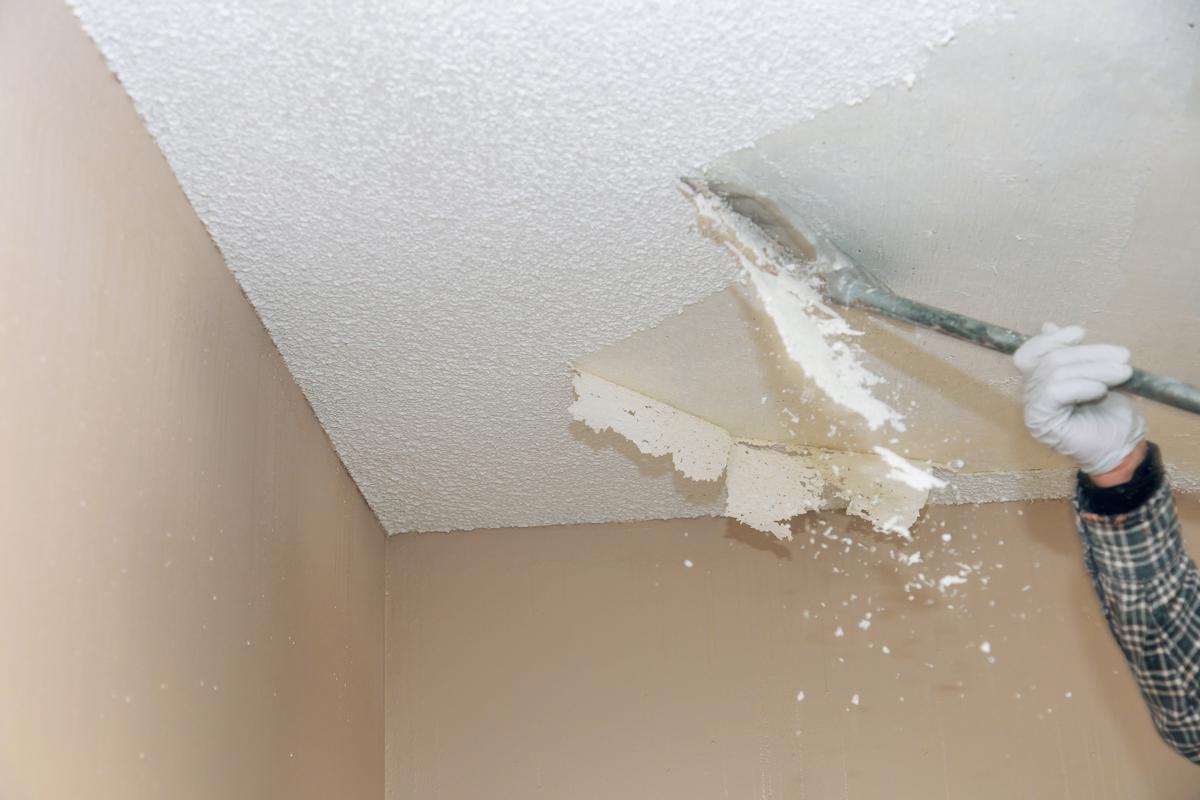
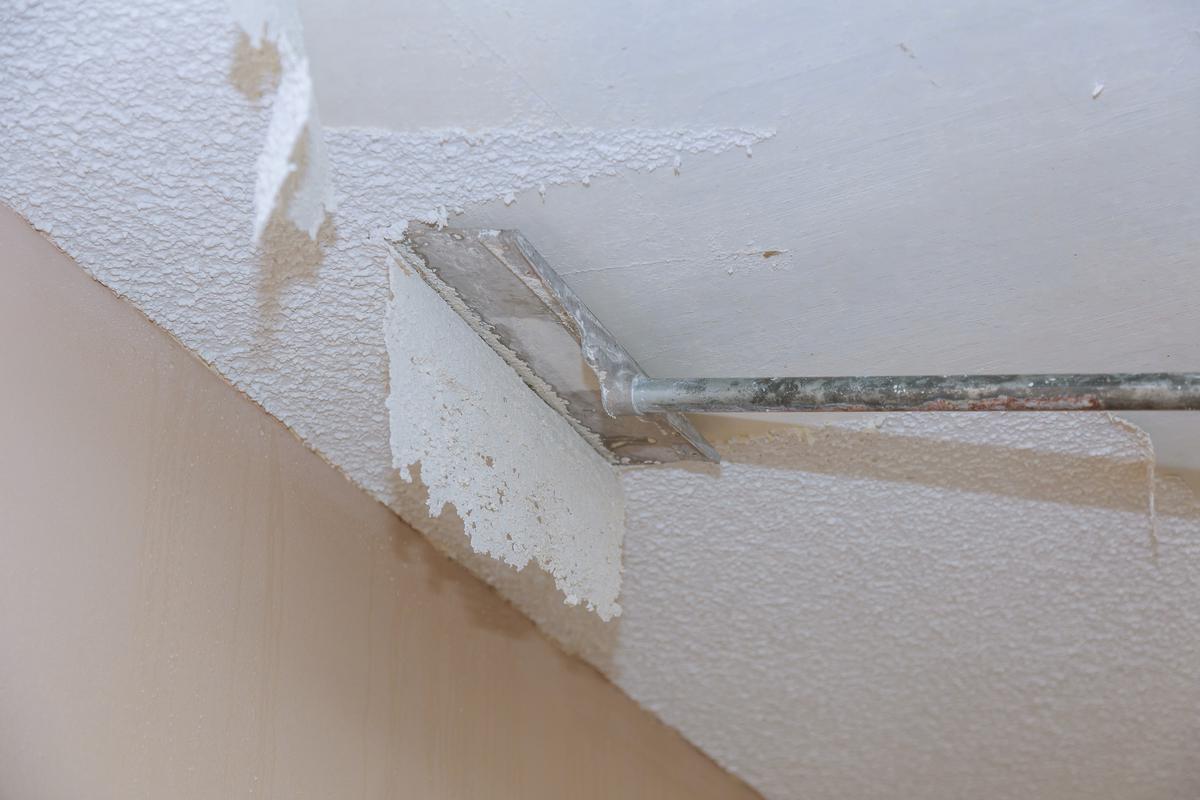
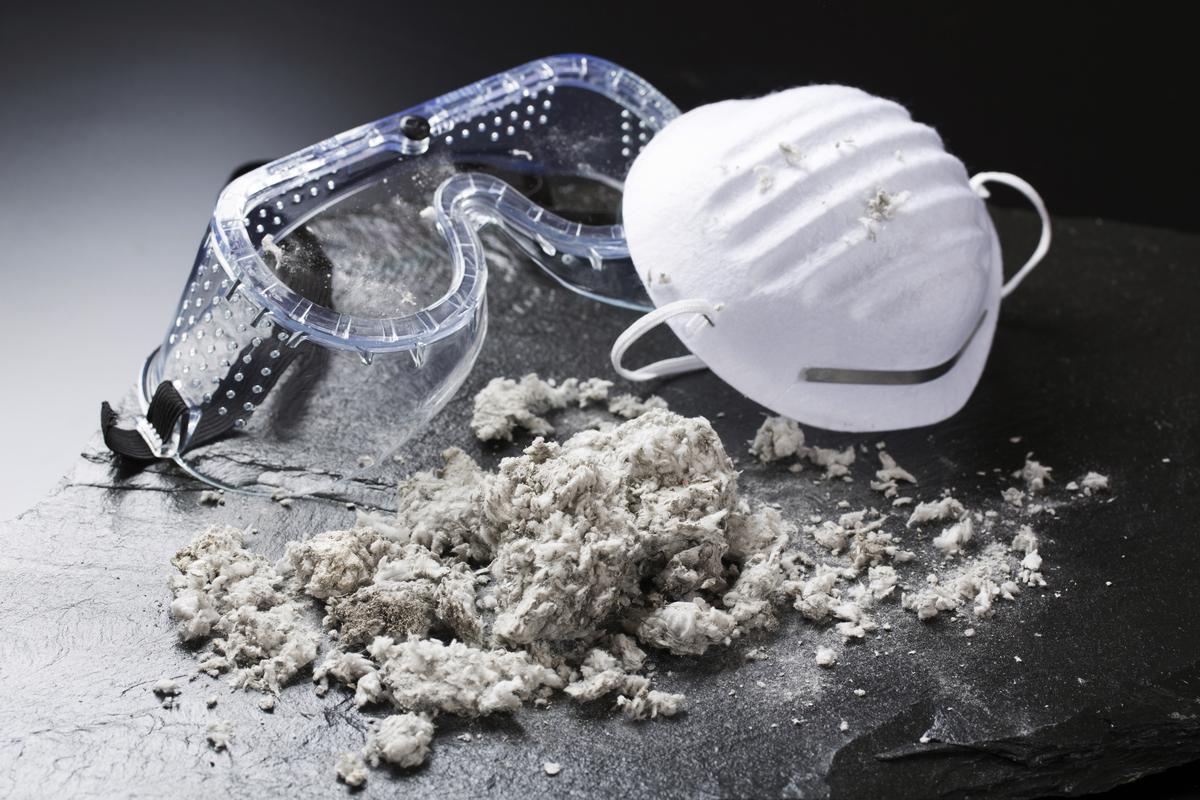


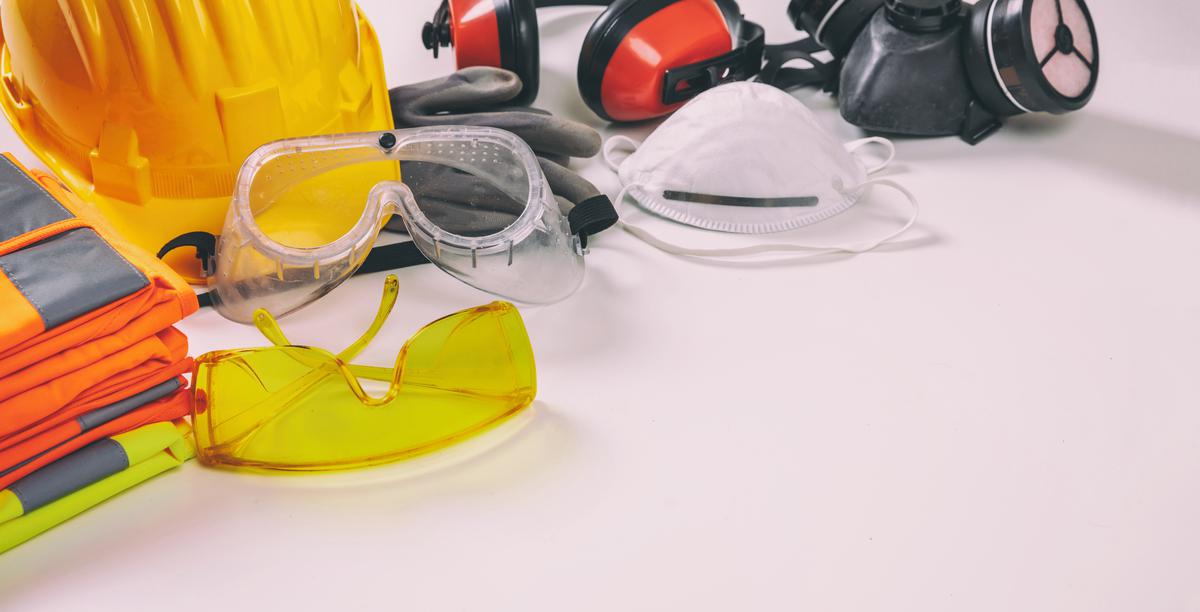
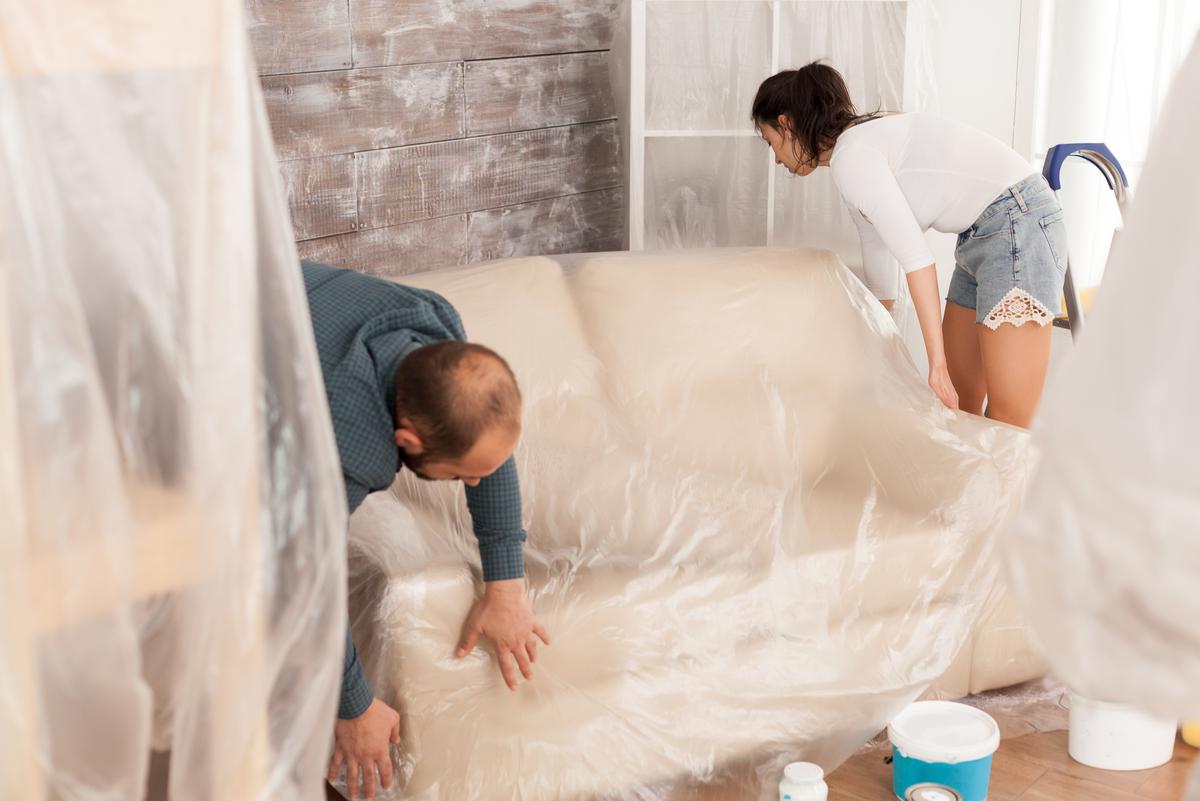
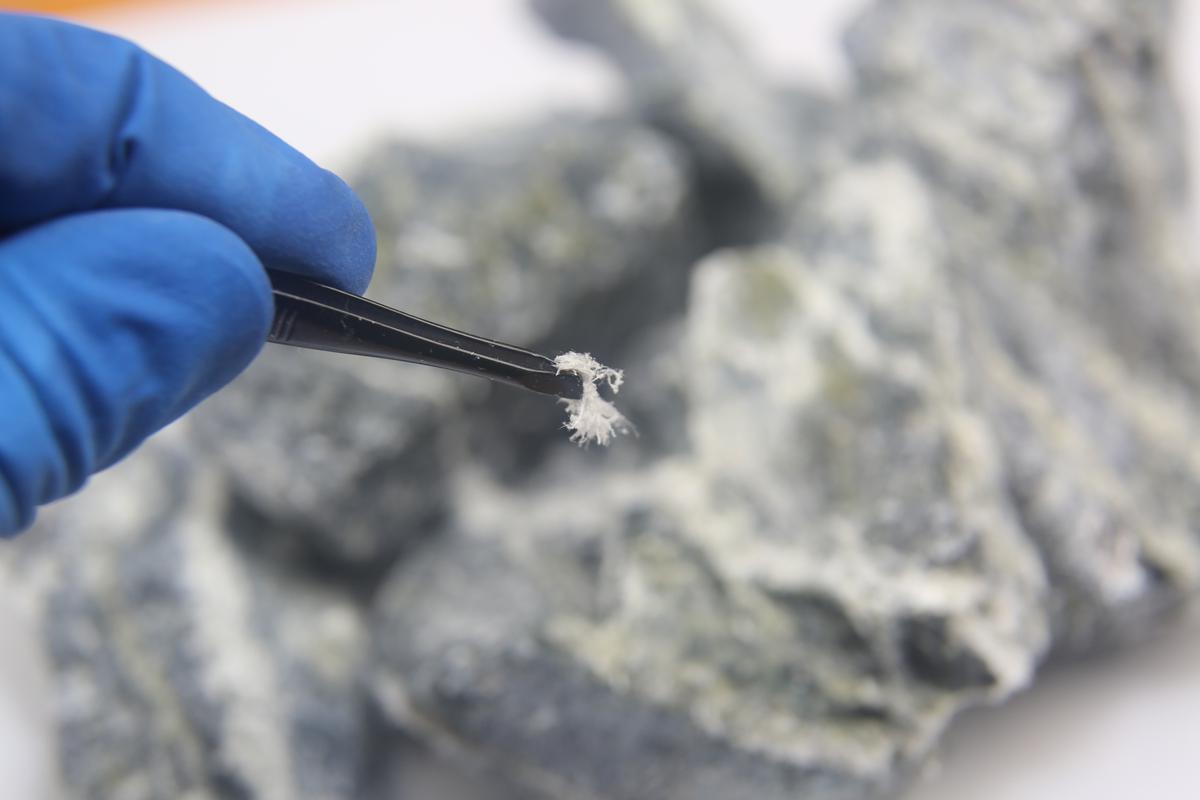


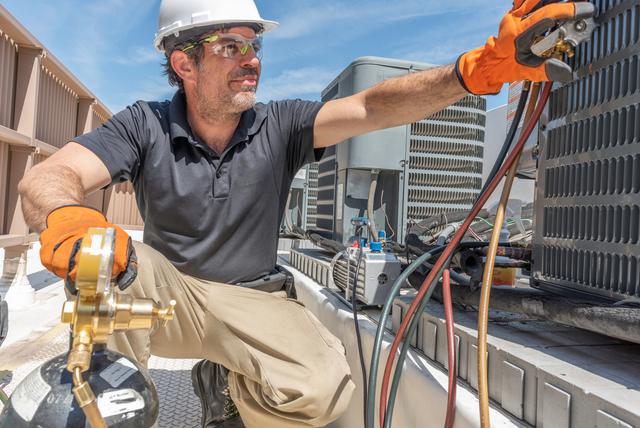
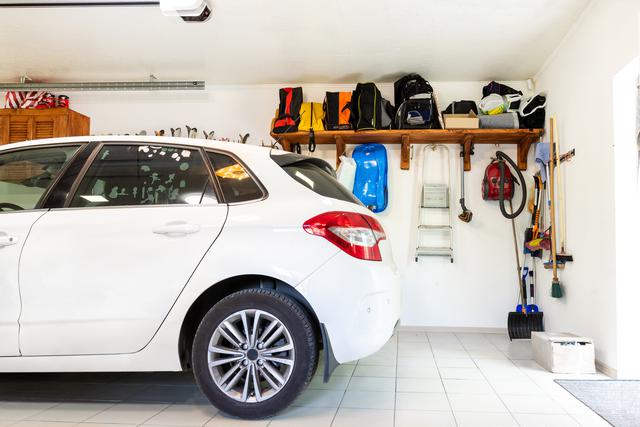
comments